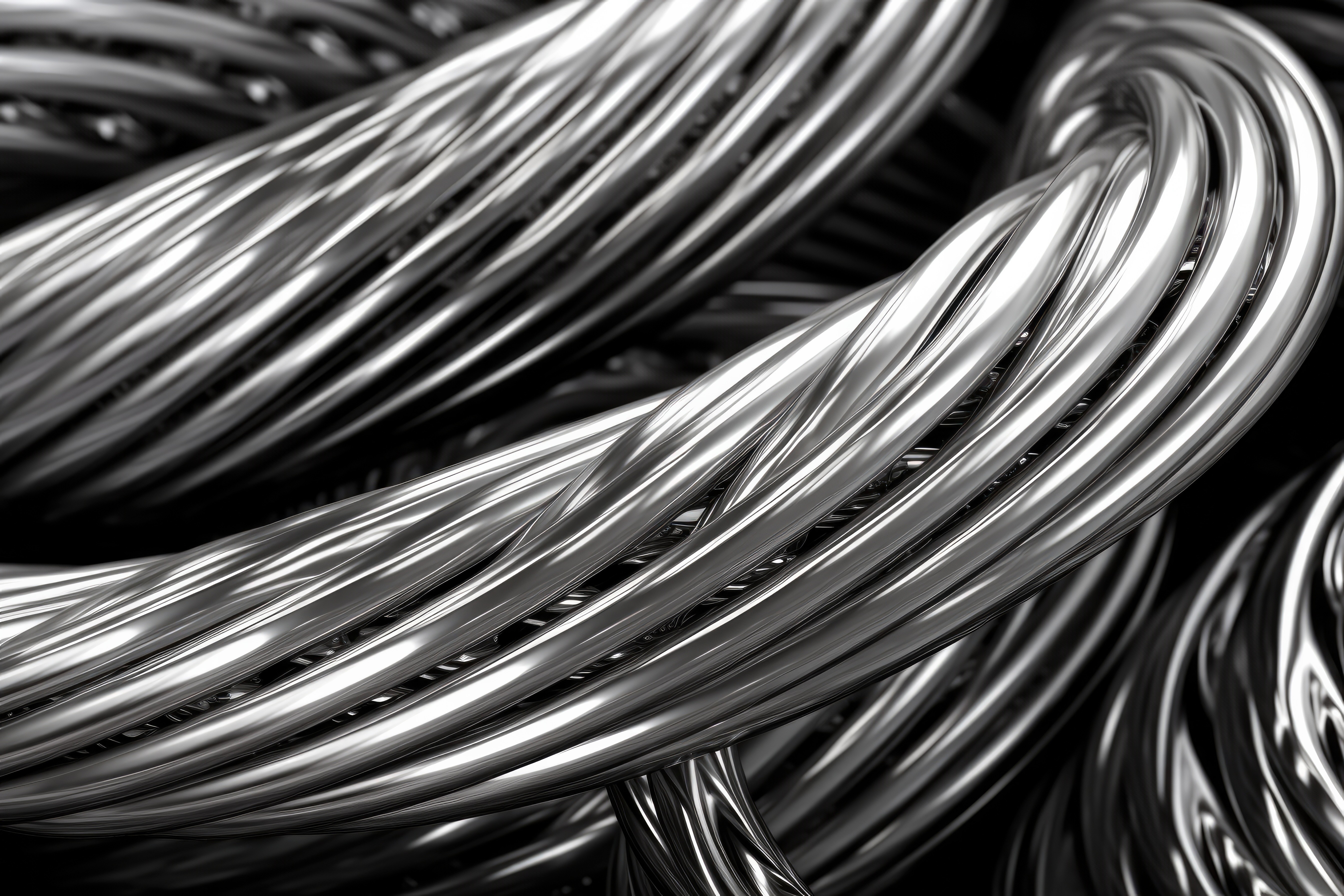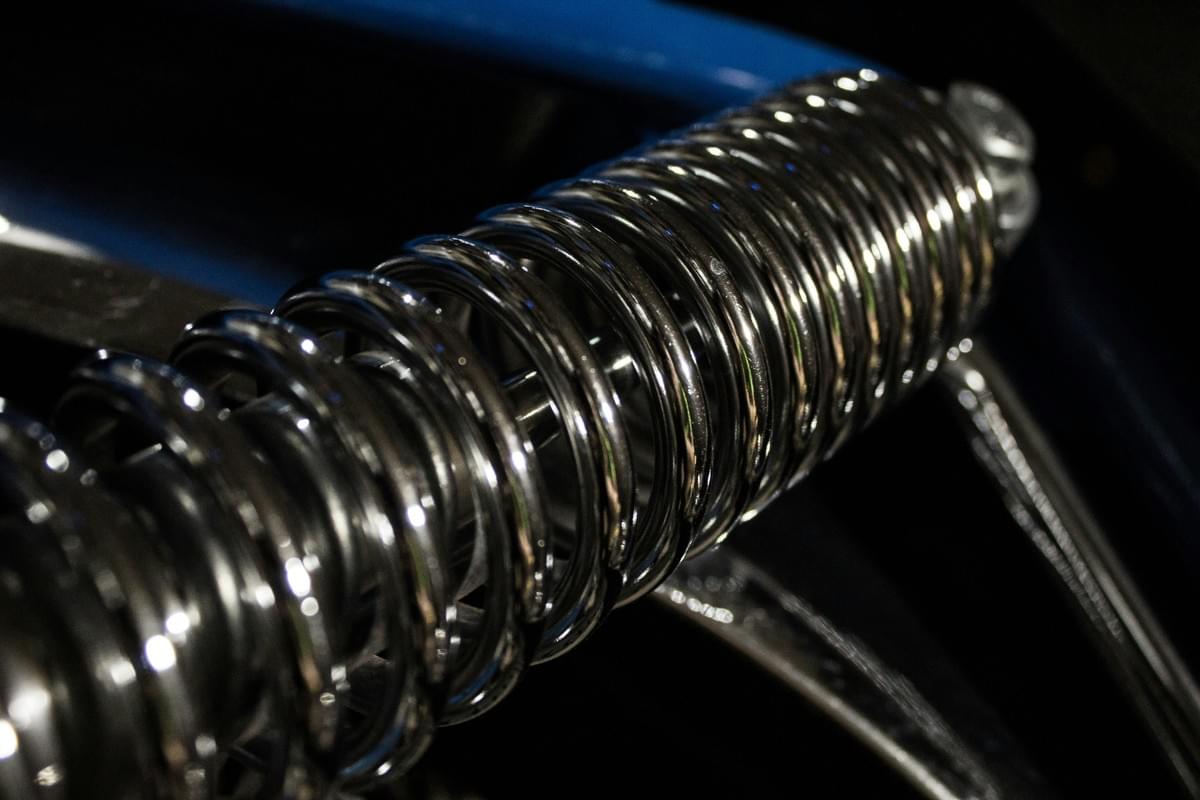Introduction

In a world where precision and efficiency are paramount, the demand for advanced motion control solutions has never been greater. Among these, the electric linear actuator stands out as a versatile and reliable option for various applications. If you're considering to buy linear actuator technology, understanding its benefits and how it fits into your project is crucial.
Discover the Benefits of Nitinol Actuators
Nitinol actuators are revolutionizing the way we think about movement in devices. The unique properties of Nitinol, a shape memory alloy, allow it to expand and contract in response to temperature changes, making it an ideal choice for compact and efficient motion solutions. When you choose a Nitinol linear actuator, you gain access to high reliability, low power consumption, and lightweight design—all essential factors for modern engineering projects.
Why Choose an Electric Linear Actuator
Electric linear actuators offer unparalleled precision in motion control compared to their pneumatic or hydraulic counterparts. They provide smooth operation without the noise or maintenance hassles associated with traditional systems. By opting for an electric actuator motor, you're not only ensuring enhanced performance but also simplifying integration into automated systems—perfect for anyone looking to streamline their processes.
Key Factors in Selecting the Right Actuator
When deciding on which actuator motor best suits your needs, several key factors come into play. First and foremost is understanding your force requirements; different applications demand different levels of power output from your linear motor. Additionally, consider stroke length and size constraints that may limit your options—finding the right balance between these elements is essential before you make that important decision to buy linear actuator technology.
Understanding Nitinol Technology

Nitinol technology is revolutionizing the field of actuators, particularly in applications requiring precise movements and responsiveness. The unique properties of Nitinol, a nickel-titanium alloy, allow it to behave like an electric actuator with remarkable efficiency. If you're considering how to buy linear actuator solutions that stand out, understanding Nitinol is essential.
What Makes Nitinol Unique
What sets Nitinol apart from other materials is its shape memory effect and superelasticity. When heated above a certain temperature, this alloy can return to a predetermined shape after being deformed, making it perfect for applications that involve dynamic movements. This characteristic not only enhances performance but also allows for compact designs in linear actuators, enabling the use of smaller actuadores lineales without sacrificing power.
Additionally, Nitinol’s ability to generate motion without traditional motors leads to lighter and more efficient systems compared to conventional electric linear actuators. This means you can achieve significant force output while maintaining a lightweight profile—ideal for applications where space and weight are critical factors. By choosing a motorized actuator made from Nitinol, you’re investing in technology that promises reliability and innovation.
How Shape Memory Alloys Work
Shape memory alloys (SMAs) like Nitinol operate on fascinating principles rooted in thermodynamics and crystallography. When an SMA is deformed at lower temperatures, it retains this shape until heated above its transformation temperature—at which point it remembers its original form and returns to it. This process can be harnessed in various ways within linear motors or actuator motors for highly efficient movement.
In practical terms, when you apply heat (often through electrical resistance), the alloy contracts or expands depending on its configuration—creating linear motion ideal for electric linear actuators used in robotics or medical devices. The precise control over movement allows engineers to design systems that require minimal energy input while maximizing output efficiency—making these actuators a smart choice for modern engineering challenges.
Applications of Nitinol Linear Actuators
Nitinol linear actuators find their niche across diverse industries due to their unique capabilities and compact size. From medical devices like stents that need precise positioning within the human body to robotic arms requiring delicate manipulation of objects, these electric actuators are indispensable tools driving innovation forward. Their versatility also extends into aerospace applications where weight savings are critical; using a lightweight motorized actuator can significantly reduce overall system mass without compromising performance.
Moreover, the automotive industry has begun incorporating these innovative solutions into adaptive seating systems and automated closures—proving that the potential uses are virtually limitless when you buy linear actuator products based on advanced technologies like Nitinol. As industries continue evolving towards smarter automation solutions, expect to see even more groundbreaking applications emerging as engineers harness the power of shape memory alloys in everyday devices.
Evaluating Your Needs

Assessing Force and Speed Requirements
The first step in evaluating your needs is to assess the force and speed requirements of your application. Different applications demand different levels of power; hence, understanding how much force your electric actuator must exert is essential. Additionally, consider how quickly you need the linear motor to operate—speed can often be just as critical as force when it comes to performance efficiency.
If you're in a situation where precision matters, like in medical devices or automated machinery, be sure to specify those requirements clearly when you buy a linear actuator. The right actuador linear will deliver not only the necessary force but also operate at speeds that suit your operational needs perfectly. By taking these factors into account early on, you'll avoid purchasing an actuator motor that falls short or exceeds what you actually require.
Defining Stroke Length and Size Constraints
Next up is defining stroke length and size constraints—two factors that can make or break the effectiveness of any electric linear actuator in your setup. Stroke length refers to how far the actuator can extend and retract; getting this measurement right ensures that it fits seamlessly into your design without any awkward adjustments needed later on. Additionally, size constraints are equally important; if space is tight in your application area, you'll want a compact solution that doesn't compromise on functionality.
Remember that not all motorized actuators are created equal; some offer longer stroke lengths while others might be more compact but limited in range. When considering which linear actuator best meets your specifications, always cross-check dimensions with available space before making a purchase decision. This attention to detail will save you headaches down the road when integrating components into existing systems.
Considering Environmental Conditions
Finally, don’t overlook environmental conditions when evaluating which electric linear actuator suits your needs best! Factors such as temperature extremes, humidity levels, and exposure to dust or moisture can dramatically affect performance and longevity if not accounted for properly. For example, if you're working in an outdoor setting or harsh environments like factories or labs where chemicals are present, choosing a durable actuador line with adequate protection becomes vital.
It's also wise to consider whether you'll need specialized features like corrosion resistance or waterproof designs for certain applications—these elements might influence both cost and availability when planning how much budget you'll allocate for buying a linear actuator. Always read through product specifications carefully regarding environmental ratings so you know exactly what you're investing in!
Comparing Different Brands

GEE SMA: A Leader in Actuator Innovations
GEE SMA has established itself as a formidable player in the world of actuators, particularly with its innovative Nitinol technology. Known for producing high-quality actuadores lineales, GEE SMA focuses on reliability and efficiency that can meet diverse industry demands. Their electric actuators are designed to provide excellent performance while maintaining a compact size, making them ideal for applications where space is at a premium.
One of the standout features of GEE SMA's products is their commitment to continuous improvement and research in actuator motor technology. They offer a range of customizable solutions that cater to specific requirements, ensuring that customers find the perfect fit for their applications. If you're looking to invest in a motorized actuator with proven performance metrics, GEE SMA should be at the top of your list.
Other Notable Brands in the Market
While GEE SMA shines brightly in the actuator landscape, several other brands also deserve attention when considering where to buy linear actuators. Brands like Actuonix and Linak have carved out their niches with unique offerings that appeal to different segments of users. Actuonix specializes in miniature electric linear actuators that are perfect for hobbyists or small-scale projects, while Linak focuses on robust solutions tailored for industrial applications.
Each brand brings its own flair and specialization; thus it's essential to evaluate what fits your specific needs best. Whether you require high precision from a linear motor or robust durability from an electric actuator, these alternatives provide viable options worth exploring before making your final decision.
Pros and Cons of Each Brand
Every brand has its unique set of advantages and disadvantages that can influence your purchase decision when looking at electric linear actuators. For instance, GEE SMA's strength lies in innovation and product customization; however, they may come with a higher price tag compared to some competitors offering more basic models at lower costs.
On the flip side, brands like Actuonix may provide cost-effective solutions but might lack some advanced features found in higher-end models like those from GEE SMA or Linak’s extensive product line-up which caters primarily to industrial sectors but may not be as flexible for smaller projects or home use scenarios. It’s essential to weigh these pros and cons carefully based on your specific application requirements before deciding which brand will best serve your needs when you buy linear actuators.
Key Specifications to Look For

When deciding to buy a linear actuator, understanding the key specifications is crucial for ensuring that you select the right model for your application. Each specification can significantly impact performance, reliability, and efficiency in operation. As you delve into the details, consider how each aspect aligns with your specific needs.
Importance of Voltage and Current Ratings
Voltage and current ratings are fundamental specifications that dictate how your electric linear actuator will perform under various conditions. The voltage rating indicates the maximum electrical potential that the actuator can handle without compromising its functionality, while the current rating reflects how much electrical flow is required for optimal performance. Choosing an actuator motor with appropriate voltage and current ratings ensures that it operates efficiently without overheating or failing prematurely, making it essential when you look to buy linear actuators.
Understanding Load Capacities and Duty Cycles
Load capacity refers to the maximum weight or force an electric actuator can handle effectively; it’s one of the most critical factors when selecting a motorized actuator. Duty cycle indicates how long an actuator can operate continuously before needing a break—this is vital for applications requiring consistent use over extended periods. When evaluating load capacities and duty cycles, ensure that they align with your project requirements so that your linear motor performs reliably without any hiccups.
Evaluating Control Options and Compatibility
The control options available for an electric linear actuator play a significant role in its usability within your system. Many modern actuators come equipped with smart features allowing for precise adjustments through various control interfaces like remote controls or programmable logic controllers (PLCs). Additionally, it's important to assess compatibility with existing systems; this ensures seamless integration of your new electric linear actuator into your setup without unnecessary complications.
Budgeting for Your Purchase

When it comes to purchasing a linear actuator, budgeting is key to ensuring you get the right product without breaking the bank. Quality actuators, especially electric linear actuators or motorized actuators, can vary significantly in price depending on their specifications and capabilities. It's essential to consider not just the upfront cost but also the long-term value they bring to your projects.
Cost Considerations for Quality Actuators
The cost of a linear actuator can be influenced by various factors including its build quality, materials used, and technological features. When you decide to buy a linear actuator, remember that cheaper options might save you money initially but could lead to higher maintenance costs or shorter lifespans. Investing in a reliable electric actuator from reputable brands ensures durability and performance, often translating into savings over time.
Finding the Right Balance between Price and Performance
Finding that sweet spot between price and performance is crucial when selecting an actuator motor for your needs. While it's tempting to opt for the lowest-priced option, keep in mind that performance metrics such as speed, force output, and stroke length are equally important. A well-balanced decision will allow you to buy a linear actuator that meets your requirements without sacrificing quality or efficiency.
Where to Buy Linear Actuator Efficiently
Shopping for an electric linear actuator can feel overwhelming with so many options available online and in stores. To make your search efficient, consider reputable suppliers who specialize in actuators; they often provide detailed specifications and customer reviews that can guide your choice. Additionally, comparing prices across multiple platforms ensures you find the best deal while still securing a quality product—remember: always look at both online marketplaces and local distributors when you're ready to buy!
Conclusion
As we wrap up our exploration of electric linear actuators, it's essential to remember that making informed decisions when you buy a linear actuator can significantly impact your project's success. The right actuator motor can enhance performance and efficiency, ensuring that your application runs smoothly and reliably. So before you hit that purchase button, take the time to evaluate all the factors we’ve discussed.
Making Informed Decisions When You Buy Linear Actuator
Choosing the right linear actuator involves more than just picking the first one you see online; it requires careful consideration of your specific needs and requirements. Whether you're looking for a robust electric actuator or a compact motorized actuator, understanding your force and speed needs is crucial. By assessing these factors alongside stroke lengths and environmental conditions, you'll be well on your way to finding an actuador linear that perfectly fits your application.
The Importance of Quality and Reliability
When it comes to actuators, quality is king! Investing in a high-quality electric linear actuator can save you from future headaches related to performance issues or failures. Remember, an unreliable actuator motor not only jeopardizes your project but also costs you time and money in repairs or replacements down the line.
Future Trends in Linear Actuator Technology
The world of linear actuators is continually evolving, with exciting advancements on the horizon! Innovations such as smarter control systems and enhanced materials are set to redefine what we can expect from electric linear actuators in various applications. As technology progresses, being aware of these trends will help you make informed decisions when you decide to buy a linear actuator for future projects.

